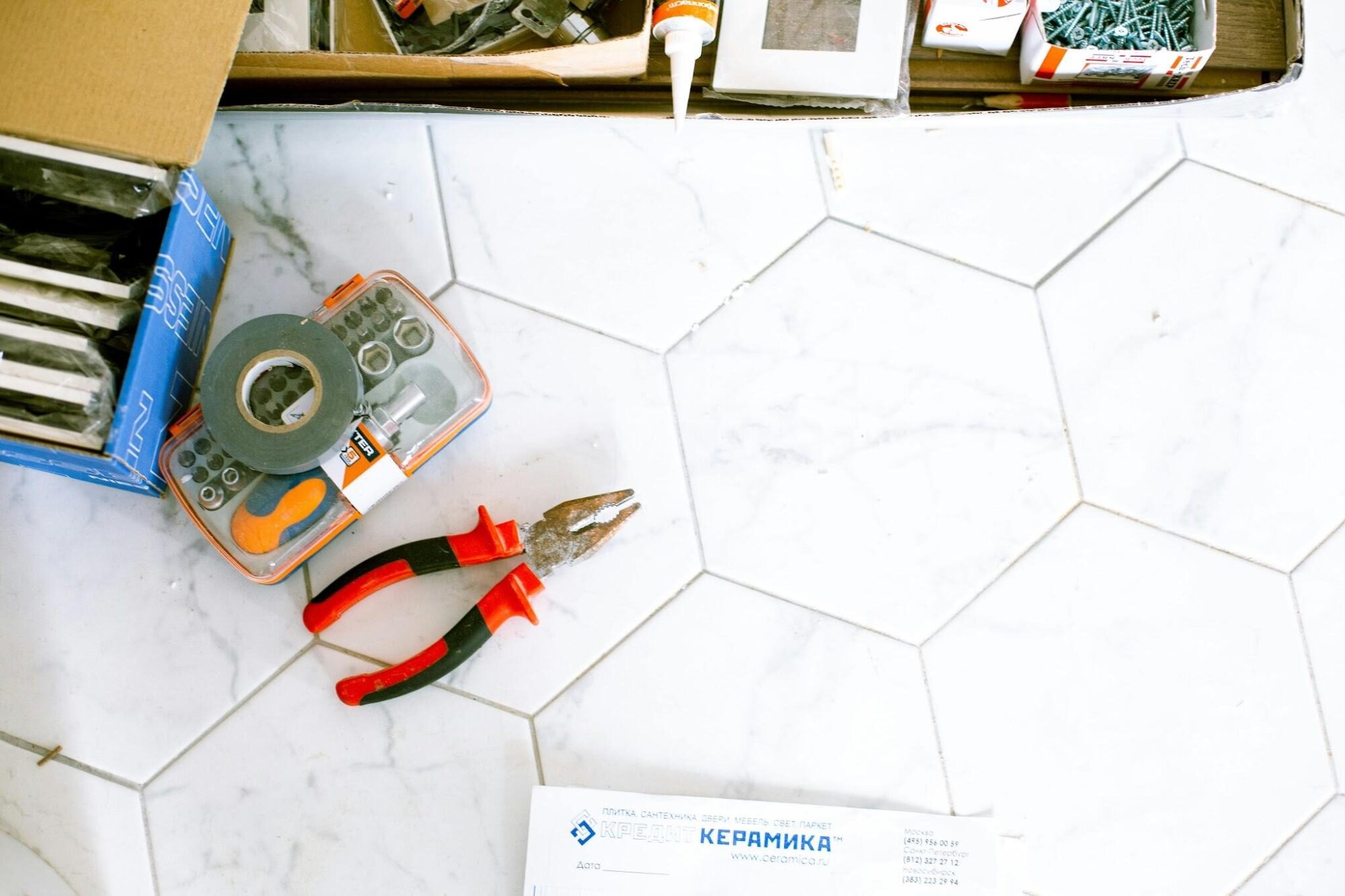Home renovations are exciting opportunities to breathe new life into your living space, enhance property value, and adapt your home to suit changing needs. Whether you’re planning a kitchen remodel, adding an extension, or upgrading your bathroom, these projects often come with a significant financial investment. Without proper planning, it’s easy to underestimate costs or encounter unexpected expenses that strain your budget. That’s why financial preparation is just as crucial as selecting the right contractors and materials. Taking the time to assess your finances, plan for contingencies, and structure your spending will help you avoid stress and make smarter choices. Here are six key steps to help you prepare financially before diving into your renovation work.
Evaluate Your Current Financial Situation
Before you think about design ideas or contractors, it’s crucial to take a close look at your current financial picture. Review your income, existing debts, monthly expenses, and available savings to determine how much money you can realistically allocate to your renovation. Use budgeting tools or financial apps to get a comprehensive overview. This process helps set boundaries for your project and prevents you from overspending. If your finances are tight, consider whether it makes sense to wait and save more or scale back your renovation plans. Understanding what you can afford sets the foundation for all the decisions that follow.
Get Multiple Quotes and Create a Realistic Budget
It’s tempting to go with the first contractor you meet or the cheapest quote you receive, but doing so can lead to costly mistakes. As per Omega Roofing experts, gather multiple quotes from licensed professionals and compare timelines, warranties, and reviews. Once you have a sense of the market rate, create a comprehensive budget that includes labor, materials, permits, design fees, and taxes. Don’t forget to include smaller items like hardware, fixtures, or disposal costs. They add up quickly. Be realistic about costs, and avoid underestimating to fit your ideal budget. A well-researched and itemized budget sets clear expectations and minimizes financial surprises later on.
Define the Scope and Prioritize Needs
Once you have a clear idea of your budget, define the scope of your renovation. What do you want to change, and why? Is the goal cosmetic, like updating cabinetry and flooring, or functional, such as improving insulation or plumbing? Write down a list of “must-haves” and “nice-to-haves” to clarify what’s critical. Prioritizing helps you stay on budget by identifying where to spend and where you can save. For example, updating a bathroom may be crucial if it’s outdated or damaged, while replacing decorative tiles in a guest room could be deferred. This step aligns your budget with your lifestyle and ensures you get the most value from your investment.
Plan for Hidden Costs and Build a Contingency Fund
Even the best-laid renovation plans can run into unexpected issues, from water damage behind walls to electrical upgrades that weren’t up to code. Experts suggest setting aside at least 10-20% of your total renovation budget as a contingency fund to cover these unforeseen expenses. This extra cushion provides peace of mind and financial flexibility, so your project doesn’t stall or compromise on quality if surprises arise. It prevents the need to take on high-interest debt or abandon parts of your renovation mid-project. When budgeting, consider factors like inflation, potential delays, or design changes that might drive up costs unexpectedly.
Explore Financing Options if Needed
Not every homeowner has the cash on hand to fund a renovation project. If your savings fall short, it’s important to explore financing options that best fit your situation. Home equity loans, lines of credit (HELOCs), personal loans, or even renovation-specific mortgage products can provide the necessary funds. Each financing method comes with its pros, cons, and interest rates, so speak to a financial advisor or lending institution to determine what works best for your needs. Whatever route you choose, be mindful of repayment terms and avoid borrowing more than you can comfortably repay. Responsible borrowing can allow you to achieve your renovation goals without destabilizing your finances.
Track Spending and Adjust as Needed
Once your renovation is underway, don’t set your budget aside and hope for the best. Monitor your spending closely by keeping track of every invoice, receipt, and change order. Use a spreadsheet or financial tracking app to compare actual costs to your initial estimates. This allows you to stay accountable, identify overspending early, and make adjustments if needed. If one part of your project runs over budget, you may need to scale back another element or delay a not-so-important upgrade. Being financially agile helps you maintain control of your renovation and ensures that you finish the project without derailing your financial goals.

Financial preparation is the backbone of any successful renovation project. By thoroughly evaluating your finances, setting clear priorities, planning for the unexpected, and staying engaged throughout the process, you can complete your renovation with confidence and satisfaction. These steps protect your wallet and ensure that your investment adds lasting value and comfort to your home.





























